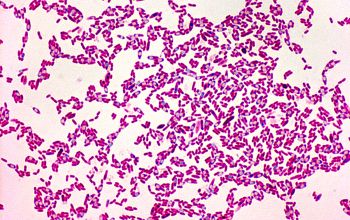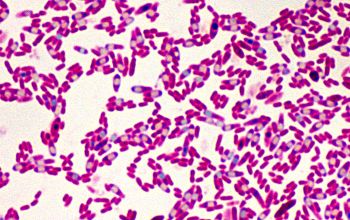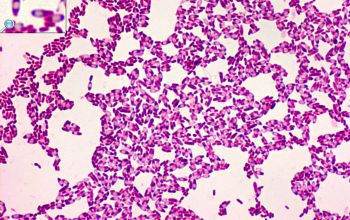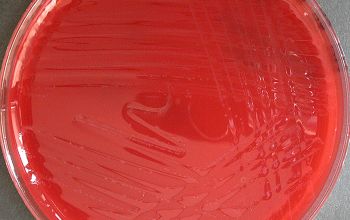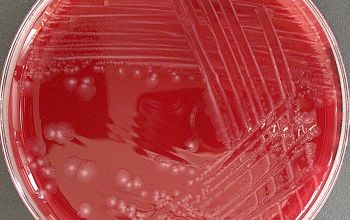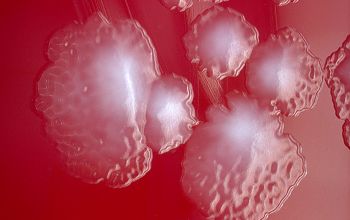Clostridium histolyticum (Hathewaya histolytica)
-
General information
Taxonomy
Family: Clostridiaceae
Genus: Hathewaya histolytica
Formely: Clostridium histolytica
Natural habitats
Isolated from soil, and intestinal contents.
Clinical significance.
This bacterium is the principal cause of trauma-associated gas gangrene and their incidence increases dramatically in times of war, hurricanes, earthquakes, and other mass casualty conditions.
-
Gram stain
Small, Gram positive rods,
0.5-0.9 x 1.3-9.2 µm,
occur single, in pairs or short chains.
Spores oval / central or subterminal
Swelling of the cell positive (slightly)
-
Culture characteristics
-
Obligate anaerobic / AEROTOLERANT
BBAØ: colonies are 0.5-2mm, β-hemolytic, circular to irregular, flat to low convex, translucent to semiopaque, gray white, shiny with a mosaic or granular surface, and an entire to undulate margin.
The clostridia are classically anaerobic rods, but some species can become aerotolerant on subculture; a few species (C carnis, C histolyticum, and C tertium) can grow under aerobic conditions.
-
-
Characteristics
-
References
James Versalovic et al.(2011) Manual of Clinical Microbiology 10th Edition
Karen C. Carrol et al (2019) Manual of Clinical Microbiology, 12th Edition

